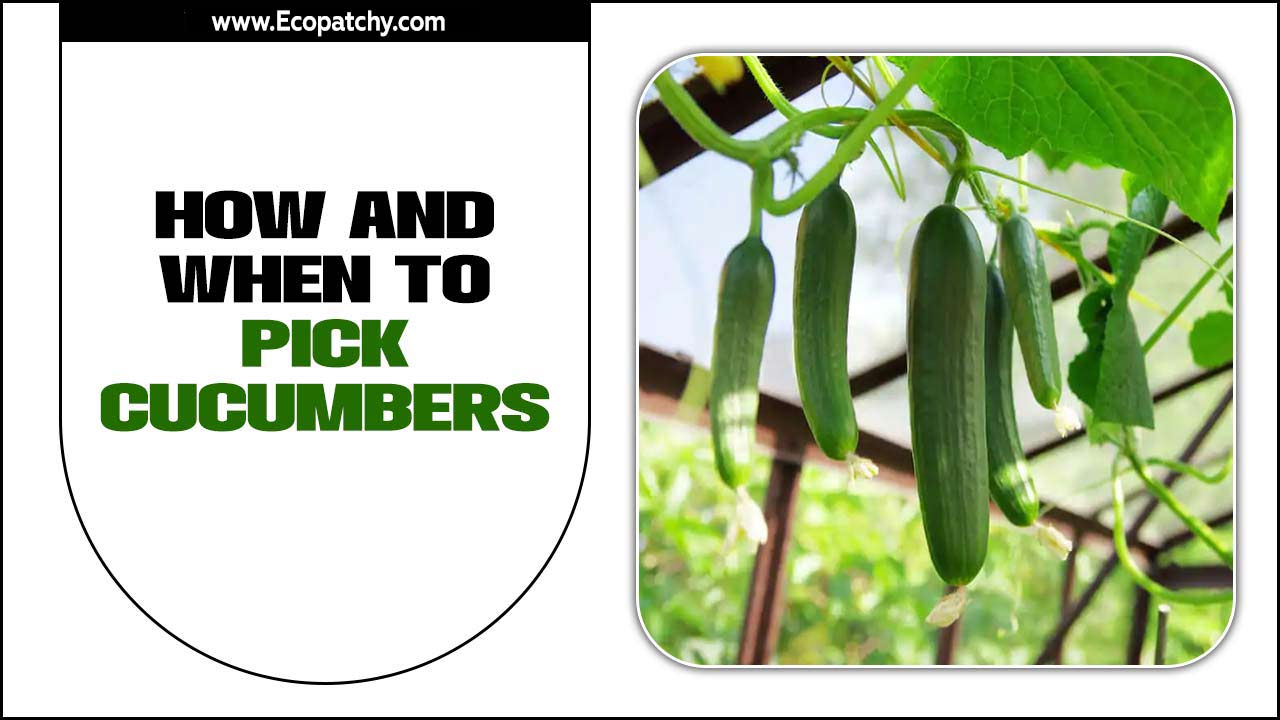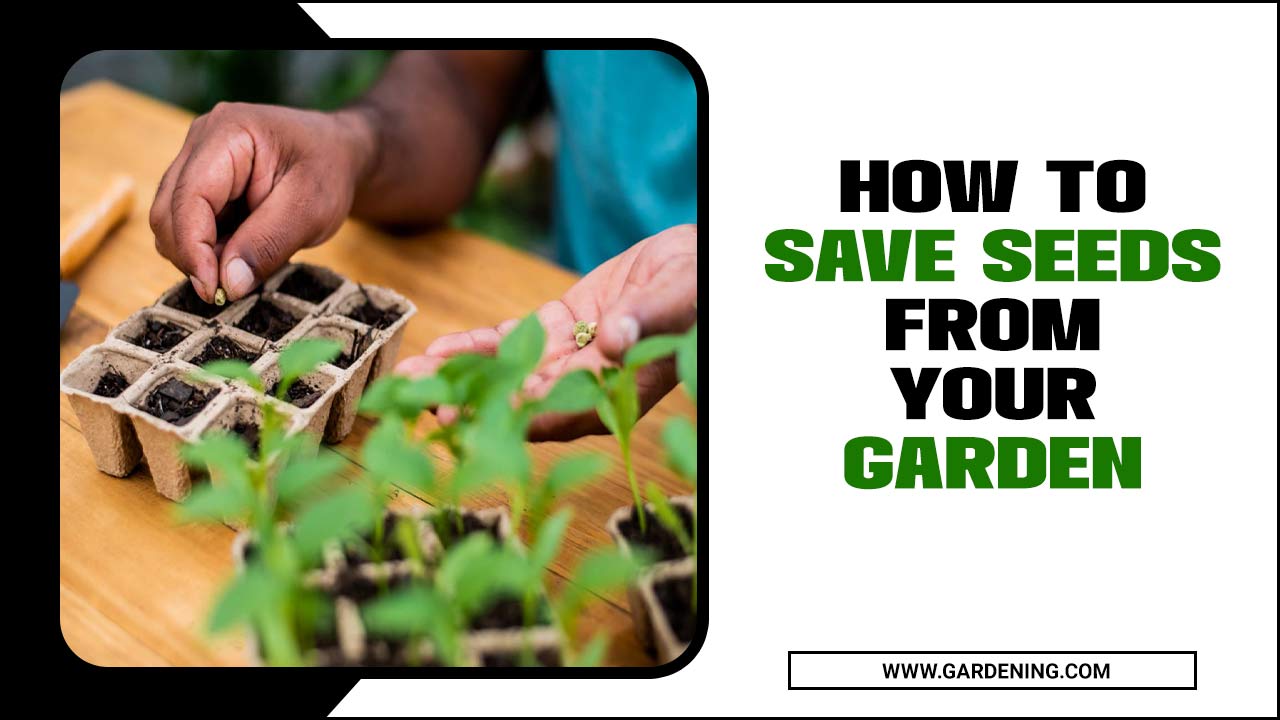Have you ever noticed how gardens can thrive with just a little help from nature? Natural mulch for gardens is like a cozy blanket for your plants. It keeps them warm, holds in moisture, and even protects them from weeds.
Imagine walking through a beautiful garden. The flowers bloom brightly. The soil looks rich and healthy. What’s the secret? A layer of natural mulch can make a big difference. This simple addition not only beautifies your garden but also helps create a healthy environment.
Did you know that using natural mulch can improve soil health? It breaks down over time, adding nutrients to the soil. Plus, it attracts helpful creatures, like earthworms. These little helpers make your garden even stronger.
So, why not give your garden a boost with natural mulch? It’s easy to use and can change the way your plants grow. Get ready to learn about the best types of natural mulch and how to use them!
Benefits Of Natural Mulch For Gardens And Its Uses
Natural Mulch for Gardens
Natural mulch adds beauty and benefits to gardens. It helps keep plants healthy and the soil warm. Did you know it can reduce weeds, too? Many gardeners love using materials like shredded leaves, straw, or wood chips. These options are eco-friendly and improve soil health over time. By using natural mulch, you not only help your garden thrive but also support the environment. Ready to make your garden flourish?What is Natural Mulch?
Definition and types of natural mulch. Benefits of using natural mulch in gardening.Natural mulch is like a cozy blanket for your garden. It comes from sources like leaves, grass clippings, or wood chips. You can find it in many forms, such as straw, bark, and compost. Using natural mulch helps keep the soil moist and stops pesky weeds from growing. Plus, it looks nice! Did you know that adding mulch can reduce watering needs by up to 50%? It’s like giving your garden a spa day!
| Type of Natural Mulch | Benefits |
|---|---|
| Wood Chips | Good for moisture retention |
| Grass Clippings | Adds nutrients to the soil |
| Straw | Great for weed suppression |
| Leaves | Break down and improve soil |
Types of Natural Mulch
Organic materials: wood chips, straw, leaves. Inorganic options: stones and gravel.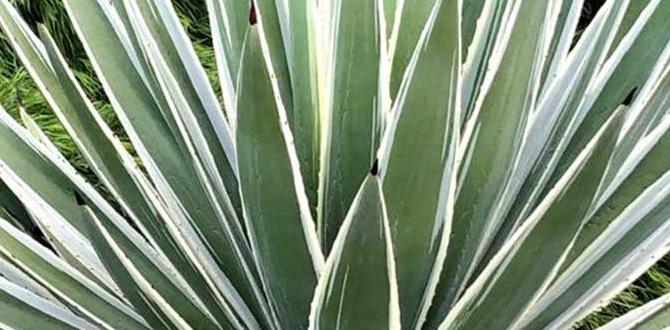
Mulch is like a cozy blanket for your garden, keeping it warm and happy. There are two main types of mulch: organic and inorganic. Organic materials include wood chips, straw, and leaves. They break down, add nutrients, and attract worms. Isn’t that neat? Inorganic options, like stones and gravel, don’t rot away. They’re perfect for low-maintenance gardens. It’s like having garden accessories that don’t need feeding!
| Type | Examples | Benefits |
|---|---|---|
| Organic | Wood chips, straw, leaves | Adds nutrients, attracts worms |
| Inorganic | Stones, gravel | Low-maintenance, doesn’t rot |
Benefits of Using Natural Mulch
Moisture retention and temperature regulation. Weed suppression and soil health improvement.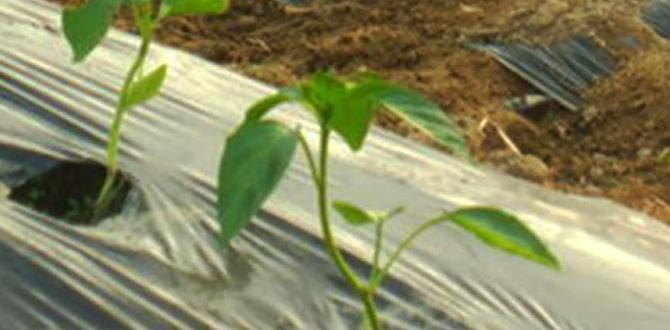
Using natural mulch in your garden is like giving your plants a cozy blanket. It helps keep the soil moist and cool, just like a nice drink on a hot day. Plus, it acts like a superhero against weeds, stopping them from stealing nutrients. Mulch also boosts soil health by adding nutrients as it breaks down. Your plants will thank you for such a comfy space to grow!
| Benefit | Explanation |
|---|---|
| Moisture Retention | Natural mulch keeps water in the soil. |
| Weed Suppression | It blocks weeds from popping up. |
| Soil Health | Adds nutrients as it decomposes. |
How to Choose the Right Natural Mulch
Factors to consider: plant type, climate, and garden layout. Pros and cons of different natural mulch options.
Choosing the right natural mulch can feel a bit like picking your favorite ice cream flavor—so many options! First, consider your plant type. Some plants love woody mulch, while others prefer straw. Next, think about the climate. Is it hot and dry or cool and wet? You wouldn’t wear a winter coat in summer! Lastly, check your garden layout. A small garden might need a finer mulch, while a larger one can handle chunkier options. Here’s a quick snapshot of pros and cons:
| Mulch Type | Pros | Cons |
|---|---|---|
| Bark | Looks great, lasts long | Can be heavy |
| Straw | Light and easy to spread | Can attract pests |
| Compost | Nourishes soil | Breaks down quickly |
Think of mulch as the cozy blanket for your garden—it keeps moisture in and weeds out! Happy gardening!
Application Techniques for Natural Mulch
Proper depth and coverage guidelines. Timing for application and maintenance practices.
Using natural mulch can help your garden thrive! To get the best results, apply it at a depth of 2 to 4 inches. This provides good coverage and keeps moisture in. Timing is also key. Mulch should be added in early spring or late fall. Regular maintenance is important too. Check for weeds and refresh your mulch when it looks thin or worn.
When should I apply natural mulch?
Apply natural mulch in early spring or late fall. This helps protect plants through temperature changes.
Quick Tips:
- Keep mulch 2-4 inches thick.
- Check for weeds regularly.
- Refresh as needed.
Homemade Natural Mulch Options
DIY mulch from yard waste and kitchen scraps. Costeffective and ecofriendly alternatives.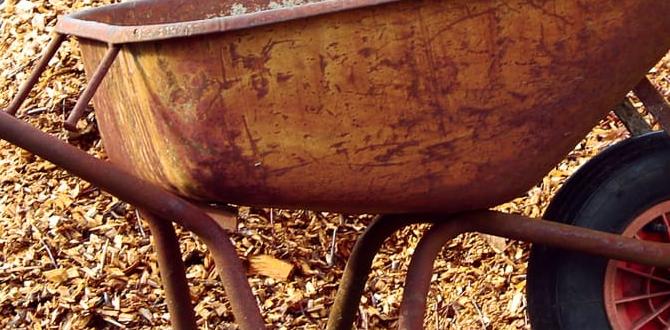
If you’re looking to save some cash and help Mother Earth, consider making your own mulch! It’s easier than baking a cake, and you don’t even need a fancy apron. You can turn your yard waste and leftover kitchen scraps into natural mulch. Think grass clippings, leaves, and fruit peels. They break down over time, feeding your plants while keeping weeds at bay. Plus, it’s a fun way to make your garden feel like a party! Here are a few simple options:
| Material | Benefits |
|---|---|
| Grass Clippings | Rich in nitrogen, great for plants! |
| Leaves | Break down slowly, keep soil cool. |
| Kitchen Scraps | Banana peels and coffee grounds boost nutrition! |
So, start collecting that waste and give your garden the natural nutrients it needs to thrive!
Common Mistakes to Avoid with Natural Mulch
Overmulching and its effects. Choosing the wrong type of mulch for specific plants.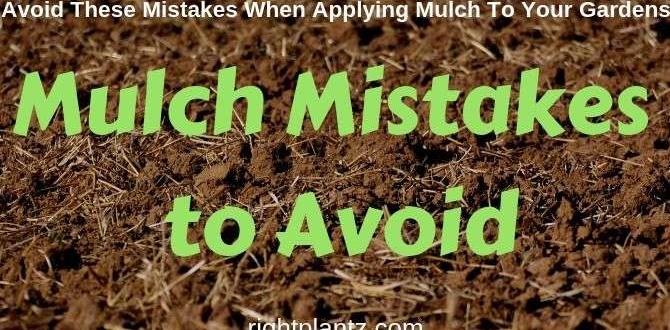
Using too much mulch is a big mistake. Overmulching can smother plants and prevent water and air from reaching their roots. This can cause plants to wilt or even die. It’s essential to choose the right type of mulch for each plant. For example, some plants need organic mulch, while others prefer stones or rubber. If you pick the wrong one, your plants may not grow well. Always check what each plant likes before adding mulch.
What is overmulching?
Overmulching is when you put too much mulch around plants. It creates a thick layer that blocks essential air and water. This can harm plant health.
What types of mulch are best?
- Wood chips for veggies.
- Straw for berries.
- Cocoa hulls for flowers.
Maintaining Mulch in the Garden
Refreshing and replenishing mulch layers. Signs that indicate when to replace or remove mulch.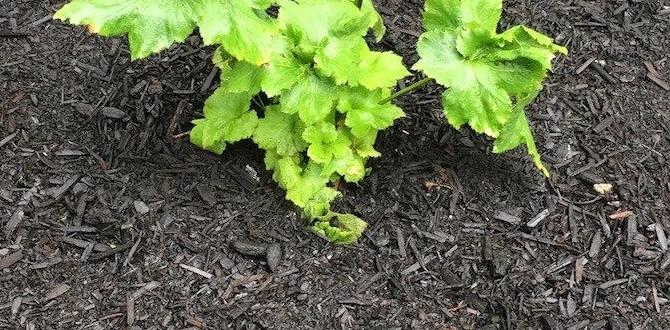
Mulch helps keep your garden healthy. However, it needs care too. You should refresh the mulch to maintain its benefits. Add a new layer when it looks thin or faded. This helps your plants get nutrients and moisture.
Look for these signs to think about replacing or removing mulch:
- It looks dry and breaks apart easily.
- Weeds are popping up more than usual.
- There are strange smells coming from it.
Keeping mulch healthy means happy plants in your garden!
How often should you replace mulch?
You should replace mulch every 1-2 years. This keeps your garden fresh and lively!
Environmental Impact of Natural Mulch
Benefits for biodiversity and wildlife. Contribution to sustainable gardening practices.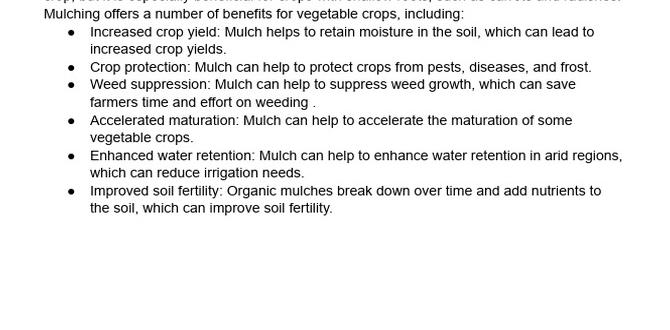
Using natural mulch in gardens helps many living things. It creates a home for small animals and insects. These creatures, like earthworms and bees, support our environment by helping plants grow. Natural mulch also helps gardens save water and need fewer chemicals. This supports sustainable gardening practices. More plants means healthier soil, too!
How does natural mulch support wildlife?
Natural mulch provides shelter and food for many creatures, protecting biodiversity in gardens.
Benefits of Natural Mulch for Wildlife
- Supports smaller animals like bugs and worms.
- Encourages pollinators such as bees and butterflies.
- Helps plants grow, enhancing the food chain.
Conclusion
In summary, natural mulch is great for gardens. It keeps soil moist, controls weeds, and adds nutrients. You can use materials like leaves, straw, or wood chips. Try adding mulch to your garden this season for better growth. For more tips, check out gardening books or websites. Let’s make our gardens healthier together!FAQs
What Are The Benefits Of Using Natural Mulch In Garden Beds Compared To Synthetic Options?Using natural mulch in garden beds has many benefits. First, it helps keep the soil moist by stopping water from evaporating. Second, it adds nutrients to the soil as it breaks down. Also, natural mulch attracts helpful bugs that keep plants healthy. Plus, it looks nicer than synthetic options!
Which Types Of Natural Materials Are Best Suited For Making Mulch, And How Do They Differ In Terms Of Decomposition Rates?Good natural materials for mulch include wood chips, straw, leaves, and grass clippings. Wood chips take a long time to break down, so they last longer. Straw and grass clippings break down faster, adding nutrients to the soil quickly. Leaves also decompose at a moderate rate, making them useful too. Each type of mulch helps plants in different ways!
How Does Natural Mulch Contribute To Soil Health And Moisture Retention In Gardens?Natural mulch, like leaves and straw, helps keep the soil moist. It covers the ground and stops water from evaporating. Mulch also adds nutrients to the soil as it breaks down. This makes the soil healthier for plants. Plus, it keeps weeds away, so your plants can grow better!
Can Certain Natural Mulches Attract Pests Or Diseases, And If So, How Can Gardeners Mitigate These Risks?Yes, some natural mulches can attract pests or carry diseases. For example, wood chips may attract termites or certain bugs. To keep plants safe, we can use clean, dry mulch and change it often. You can also check your garden regularly for any pests. This way, we can enjoy our gardens without problems!
What Is The Best Way To Apply And Maintain Natural Mulch In A Garden To Ensure Its Effectiveness Over Time?To use natural mulch in your garden, start by spreading it about 2 to 3 inches thick around your plants. Make sure to leave some space around the stems so they can breathe. Water the garden before adding mulch, so it stays moist. Check the mulch every few weeks and add more if it looks thin or breaks down. This helps keep your plants healthy and happy!


